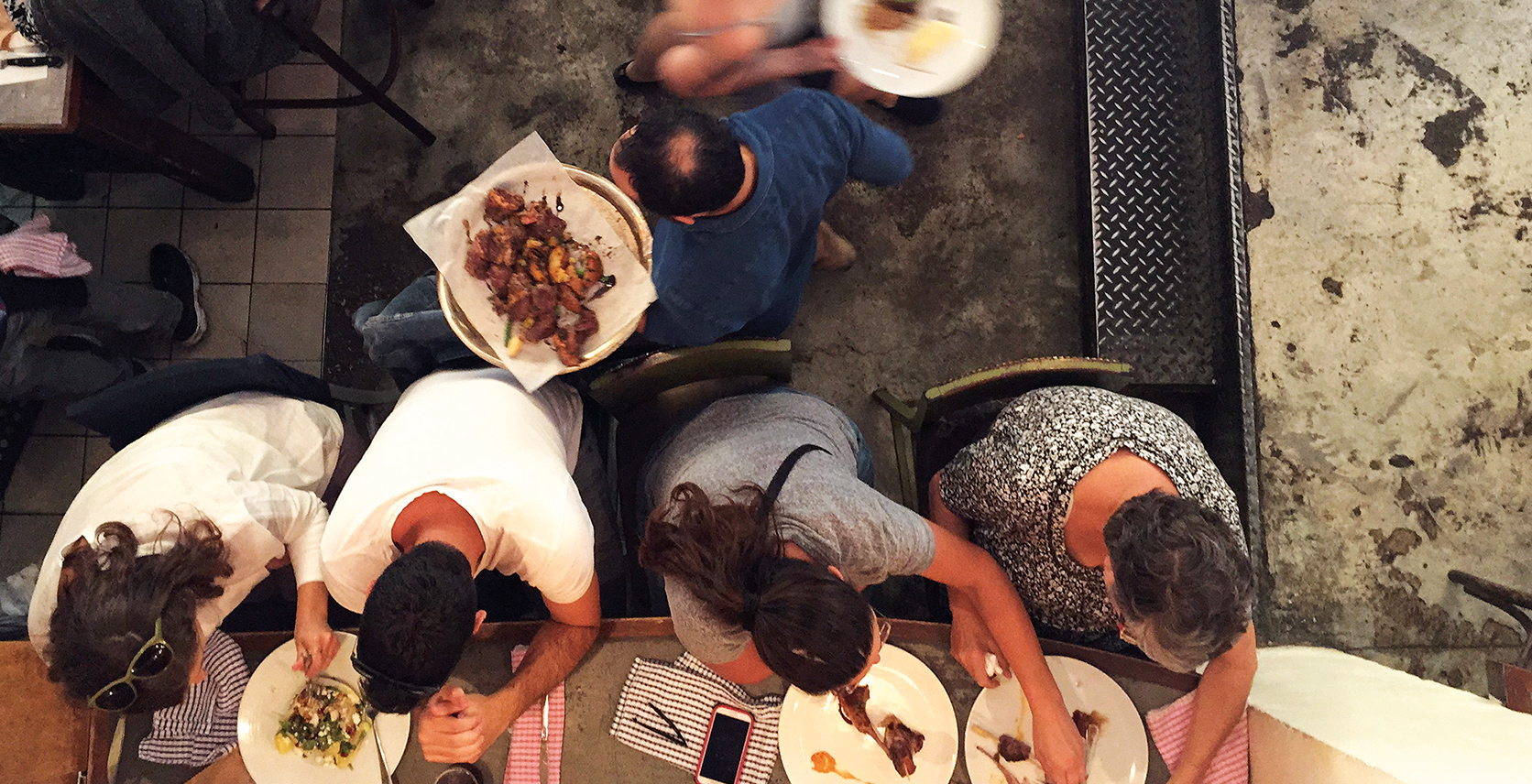Is Tel Aviv the World’s Next Great Food Capital?
It’s hard to be a homebody in this beach town. “People in Tel Aviv are always up for a good party,” a fellow travel writer who’s visited Israel a dozen times told me. “Given where they are, they don’t know what next week is gonna bring, so they might as well live it up.” I could see where he was coming from. There’s a tinge of celebration in the air no matter what day of the week it is. Dog walkers pop into corner bakeries for their daily lattes, galleries showcase work from local artists with an endless resource of inspiration (or frustration), and the sound of clinking glasses radiates from bar patios, even on a Wednesday night.
Tel Aviv is riddled with confidence-crushing attractive people, thanks to a surfing culture and a boardwalk where cyclists and joggers run the length of the city from morning well into the night. The mandatory military service probably helps, too. Either way, the result is a wide, sandy waterfront littered with lean, muscular and tanned young men and women in neon tank tops and shorts doing pull-ups at the many outdoor public gyms or sprints in front of the CrossFit gym on the north end of the beach every morning. Hip boutique hotels catering to young business travellers and playboys dot the coastline, one of them being the year-old Brown Beach House, which has an aesthetic reminiscent of Miami Vice with a dash of your wife’s favourite, pseudo-rustic houseware store. Its cozy, sun-drenched Flamingo Café, on the ground floor, also makes a killer shakshuka, the essential Israeli breakfast dish of runny eggs stewed in a thick tomato sauce.
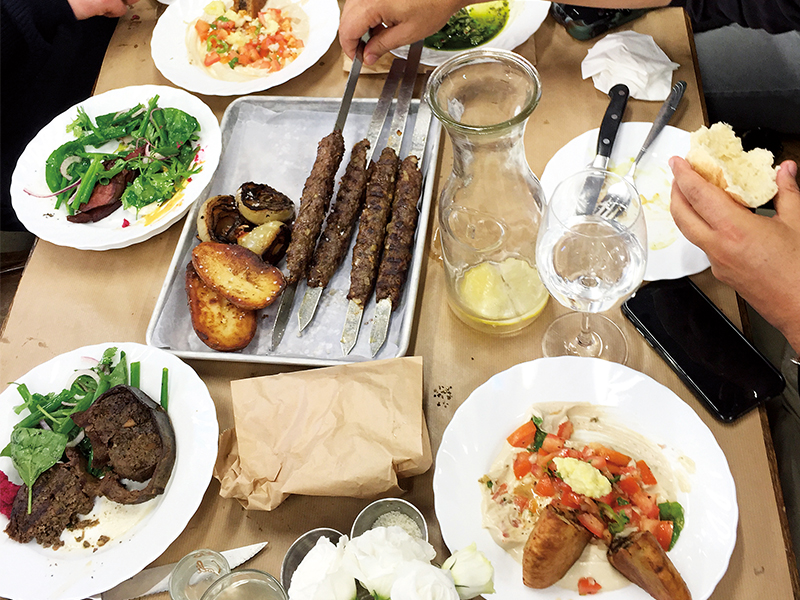
“Tel Aviv today is like London or New York. We’re not a big city but we’re well-travelled. We call it the melting pot. You have Ashkenazi Jews who came to Israel after the war, Arabs, young chefs who did stages in the US and Europe and brought back what they learned,” says chef Yaron Kestenbaum, owner of one of the city’s newest hotspots, M25, a carnivore’s paradise that opened this past summer inside the Carmel Market, a labyrinth of stalls selling everything from produce to spices and clothing to electronics.
The city is unique in that despite being in a country with biblical roots and millions of pilgrims arriving each year from around the world, Tel Aviv is mostly secular and pretty much everyone is fluent in English. Pork is still uncommon on menus, but shellfish is everywhere. A lot of businesses are shuttered on Saturday, but brunch spots remain open to the delight of the crowds willing to line up for pancakes. But if you do decide to add some religion to your culinary tour, take time out of your pilgrimage to Jerusalem to make reservations for Machneyuda. Whatever God you believe in will support your decision. It’s one of the best restaurants in the country, mixing Middle Eastern classics with French and Italian influences (the polenta with mushrooms, parmesan and truffle oil is a luscious dream, and I couldn’t stop eating the sea bream with yogourt and pesto).
Kestenbaum is right about the New York comparison, only his timing might be off. Tel Aviv’s culinary scene is reminiscent of what New York experienced 20 years ago, or for that matter, Toronto in the last five or seven: young chefs opening 30-seat restaurants, craft beer pairings, and a newfound appreciation of offal and lesser cuts. Along with the restaurant boom — and the Israeli version of MasterChef being must-see TV at the moment — other local chefs I’ve talked to mentioned the problem of inexperienced cooks already calling themselves chefs. And, like any city experiencing a flood of new restaurants, the challenge is whether there are enough stomachs and wallets to continue supporting all these businesses. The saturation point has yet to be reached, though. Right now it’s about broadening locals’ palates to new ingredients and flavours.
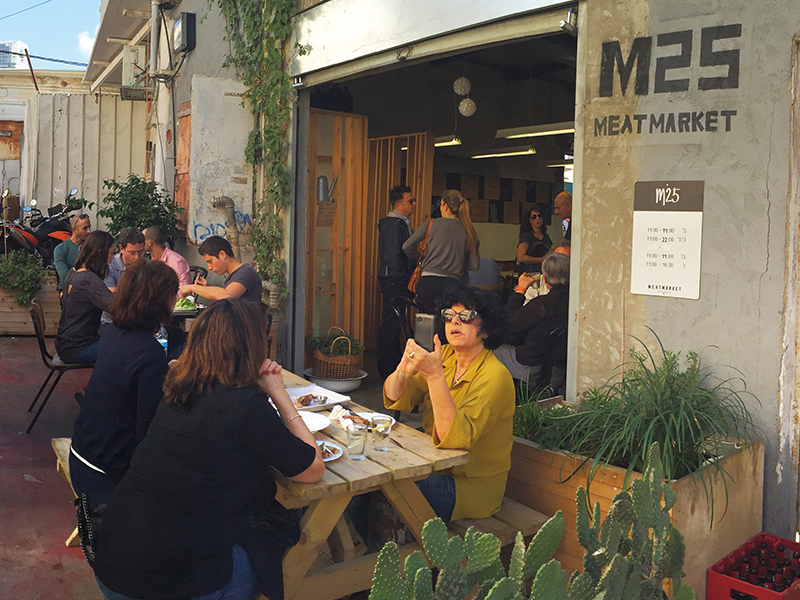
“You have a lot of butchers in Israel, but all they did was provide the client with what they were comfortable with: the sirloin, filet, or prime rib,” says Kestenbaum. “They didn’t know about any other cuts.” But the chef was also frustrated with where the meat was coming from. Most of the beef had been coming from Argentina or North America, so two years ago he opened a butcher shop in the city’s Carmel Market.
Kestenbaum stocked his shop with beef grown north of the city in the Golan Heights, an agricultural region that’s long been under territorial dispute between Israel and Syria and, oddly, is the home of the boutique Golan Heights Winery and German-style craft brewer Golan Brewery. He enticed customers to try different cuts by adding a small grill to cook up samples. Word got out about the tastings, and more and more people came. “We couldn’t do that anymore because of concerns about cross-contamination, so that’s how the restaurant got started.”
Over the course of six months, Kestenbaum turned a storage space just a short walk away from his butcher shop in the marketplace into a 90-seat restaurant with a back and front patio serving steaks, kidneys, hearts, and spleens with perfect grill marks, and, my favourite, skewers of tender cow udders basted with cow fat and simply seasoned with salt and pepper. Buttery, slightly sweet and yes, milky, it’s a fatty indulgence even a seasoned food writer wouldn’t know existed.
“The funny thing is that the old guys love it. It’s basic food for them, but the new generation is like, no way. Tongue, liver, heart, testicles, you have to help them,” he says. “I always tell them, you already know what entry cuts like sirloin taste like. Open your mind and let me give you something else.”
While Israeli cuisine dates back to biblical times, modern Tel Aviv is barely a century old, so its culinary scene is currently a wild west, with new restaurant menus containing influences from around the world, unbounded by customs or tradition.
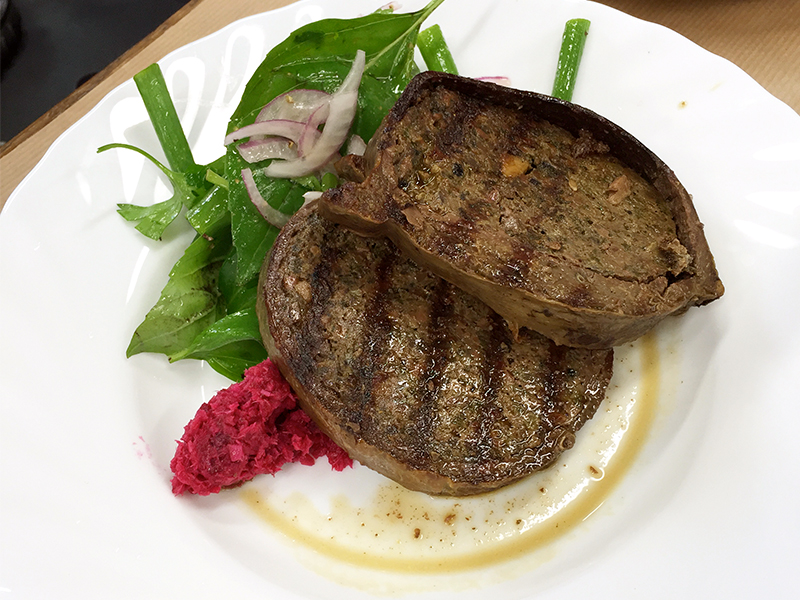
Consider North Abraxas. Owned by chef Eyal Shani, a fix- ture on local TV screens as a resident judge for Israel’s MasterChef, this dimly lit date spot is a place to get your hands messy. There are no plates; the food is plopped down on a sheet of butcher paper in front of you. Think a blossom of whole blackened cauliflower brushed with olive oil, grilled squid tentacles weaving through a baked potato, and spicy yogourt dressed with tomato seeds. “It’s the only place you have to eat at,” says Kestenbaum, and it’s not even his.
It was the second place I’ve been to that served raw on- ion petals with hummus. The other place is Abu Hassan. The tiny, unassuming, old-school restaurant is located at the foot of a slanted street in the old part of town and sells just one thing: plates of addictively velvety hummus. It’s the one place my Jewish friends back in Toronto ordered me to visit, as well as our tour guide, bus driver, and the local chefs I met in Tel Aviv.
The old and the new come together at the massive Saro- na Market, which opened in the city this past summer and where Kestenbaum also serves as a culinary advisor. Inspired by London’s Borough Market, it’s a 94,000-square-foot indoor bazaar built with some 90 upscale food shops and restaurants serving almost everything imaginable, including sushi, Ital- ian coffee, cheese, olives, local beer and wine, and produce. There’s even an outpost of Parisian patisserie Fauchon.
“Instead of building a mall, the property owners made a food court and market. It brings together the old shuk (marketplace) with local growers, modern convenience, and foods from around the world,” he says. “There’s nothing else like it in Israel right now.”
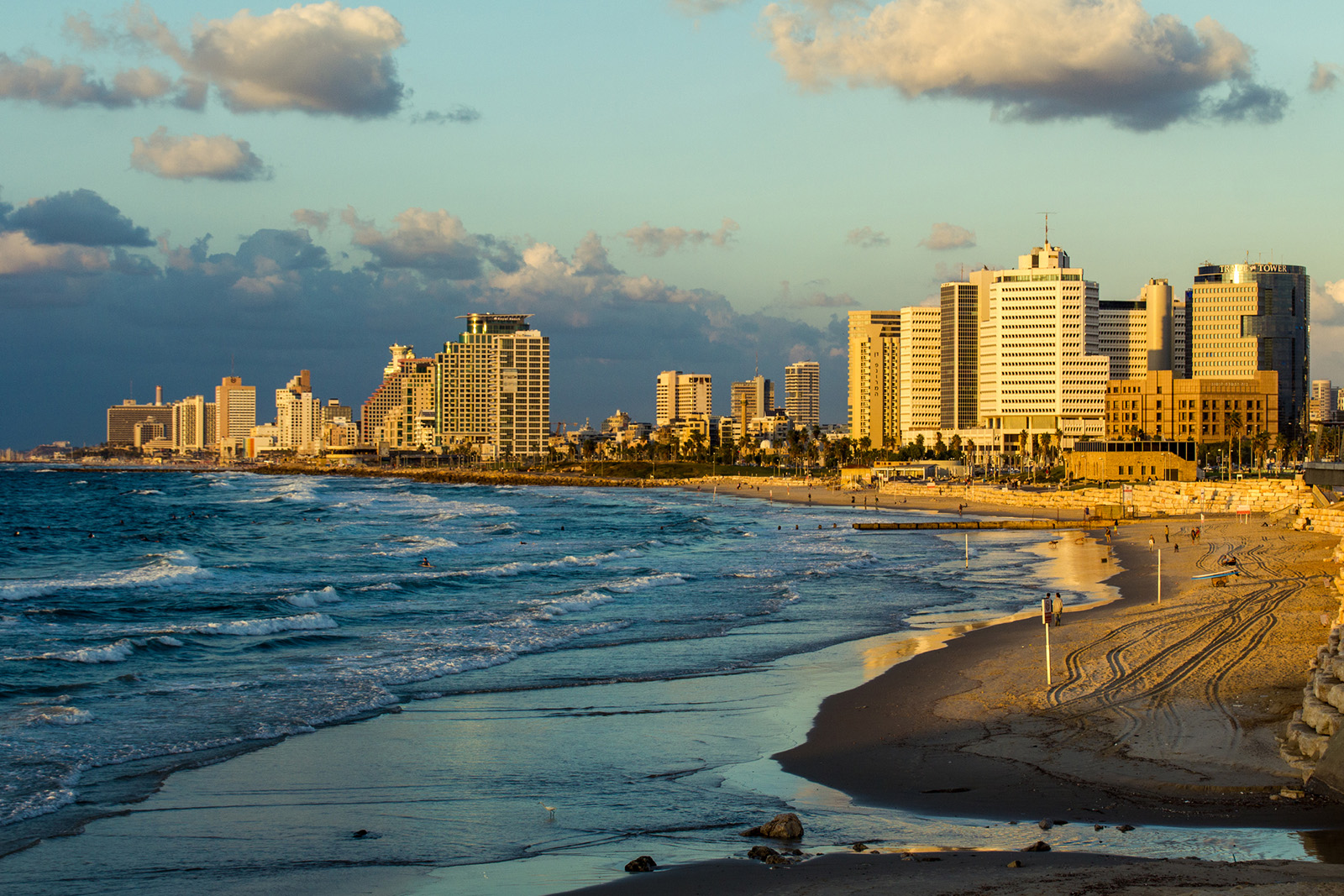
With all this growth, the chef says it’s important for the new hip spots to meld seamlessly with the older, more traditional establishments to create a harmonious local food scene where ideas, recipes, and techniques can be shared, rather than creating an us-versus-them rivalry.
The market is a realization of this goal. It combines out- posts of older, established stalls like Halva Kingdom, which has been around for more than 60 years in Jerusalem selling dozens of halva, a local confection made from ground sesa- me, and a ramen shop. At M25, the drinks menu is kept small to encourage customers to go to the other vendors. “We only keep two soft drinks on the menu. If you want something else, we’ll tell you to go to the 20 places for fresh juice in the market. We’re coming to the market as a new place, and you don’t want to mess with the old-school people.”
Even on a Wednesday afternoon there’s a lineup outside, a mix of young couples, old men, and middle-aged ladies taking a break from the market. It’s a harmonious scene of the young and the old, different generations of different backgrounds gathering for simple, beautifully prepared food in a market- place setting that is, as Kestenbaum puts it, a melting pot.
“Tel Aviv is a great place where you can eat well, and the beaches are amazing,” he says, in between dealing with the lineup outside of M25 during the lunch rush. “We’re very Mediterranean people; we’re warm, love to party, well-travelled and open to anything.”
